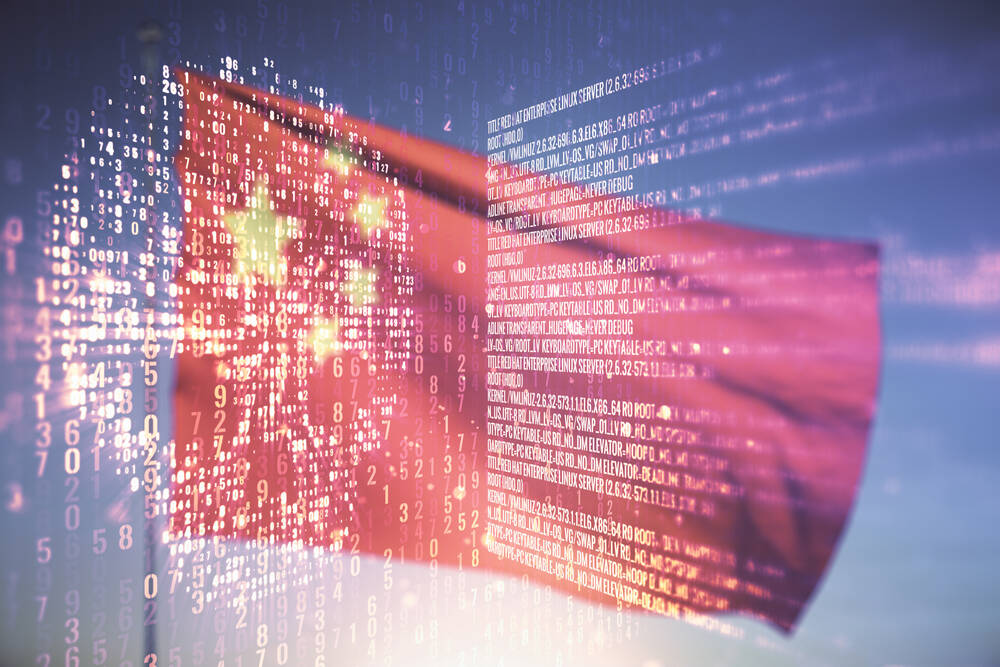
China has given itself a goal to become a world-leading source of AI infrastructure by 2027, the country's Ministry of Industry and Information Technology (MIIT) announced in a policy document released on Monday.
The document lists facilities and technologies that Beijing has declared important to a technologically advanced future economy – including an "ultra-large-scale new intelligent computing center" that can handle iterative training of large models.
To make this "innovative iconic" product happen, Beijing said it must accelerate breakthroughs in GPUs, clustered low-latency interconnection networks, and heterogeneous resource management tech – all the stuff needed to run big clusters of AI-capable servers.
MIIT set 2025 as the year its identified future industries should be well developed with some international reach. By 2027 the Ministry wants China to become "significantly improved" – and in at least some areas, a global leader.
Also on Beijing's Must Do Better list are humanoid robots, which MIIT identified as requiring breakthroughs in high-torque density servo motors, dynamic motion planning and control, bionic perception and cognition, more dexterous hands, and electronic skin. The agency hopes to deploy such bots in the fields of intelligent manufacturing, home services, and special environment operations.
Quantum computers also made the list, with improved fault tolerance sought alongside improved algorithm error correction. In time, China wants a quantum cloud for local users to tap, plus software tools to enable application development.
Brain computer interfaces – like the one tested recently by Neuralink – have been on Beijing's wish list for years, and naturally reappear in this document, for applications such as medical rehabilitation, operating vehicles, and more frivolous uses in virtual reality.
Better 6G equipment and blockchain technologies got a mention too.
Whereas many of these technologies have long been on China's 2021 five-year plan – including AI, brain machine interfaces and quantum communications – the use of AI has emerged with greater prominence.
That's likely due to the newfound global obsession with AI and a bans on exporting relevant tech to China.
China has already made many efforts to increase its capability to produce those technologies. And now the nation's innovators have a document commanding them to do better. Fast.
US-led sanctions are designed to stymie those efforts – to maintain the Yankee lead in such techs, and prevent China from putting AI to work in military or espionage applications. ®
- SEO Powered Content & PR Distribution. Get Amplified Today.
- PlatoData.Network Vertical Generative Ai. Empower Yourself. Access Here.
- PlatoAiStream. Web3 Intelligence. Knowledge Amplified. Access Here.
- PlatoESG. Carbon, CleanTech, Energy, Environment, Solar, Waste Management. Access Here.
- PlatoHealth. Biotech and Clinical Trials Intelligence. Access Here.
- Source: https://go.theregister.com/feed/www.theregister.com/2024/01/31/china_homegrown_ai_infrastucture/
- :has
- 2021
- 2025
- 6G
- a
- accelerate
- advanced
- agency
- AI
- algorithm
- All
- alongside
- already
- also
- an
- and
- announced
- Application
- Application Development
- applications
- ARE
- areas
- AS
- At
- BE
- become
- been
- Beijing
- Better
- Big
- blockchain
- blockchain technologies
- bots
- Brain
- breakthroughs
- by
- CAN
- capability
- Center
- China
- Cloud
- CO
- cognition
- Communications
- computer
- computers
- computing
- control
- country
- density
- deploy
- designed
- developed
- Development
- do
- document
- due
- dynamic
- economy
- efforts
- Electronic
- emerged
- enable
- Environment
- equipment
- error
- espionage
- facilities
- FAST
- Fields
- For
- from
- future
- given
- Global
- goal
- got
- GPUs
- greater
- handle
- Hands
- happen
- Have
- Home
- homegrown
- hopes
- HTML
- HTTPS
- Humanoid
- iconic
- identified
- important
- improved
- in
- Including
- Increase
- industries
- industry
- information
- information technology
- Infrastructure
- innovative
- innovators
- Intelligent
- interconnection
- interfaces
- International
- IT
- ITS
- itself
- jpg
- large
- lead
- leader
- least
- like
- likely
- List
- Lists
- local
- Long
- machine
- made
- maintain
- make
- management
- manufacturing
- many
- medical
- mention
- Military
- ministry
- models
- Monday
- more
- motion
- Motors
- must
- nation
- needed
- networks
- New
- now
- of
- on
- ONE
- operating
- Operations
- or
- perception
- planning
- plato
- Plato Data Intelligence
- PlatoData
- plus
- policy
- prevent
- produce
- Product
- prominence
- Puts
- Putting
- Quantum
- reach
- Reality
- recently
- rehabilitation
- released
- relevant
- resource
- robots
- Run
- s
- Said
- Sanctions
- servers
- Services
- set
- should
- significantly
- Skin
- Software
- some
- sought
- Source
- special
- such
- Tap
- tech
- Technologies
- Technology
- TECHs
- tested
- that
- The
- Them
- These
- this
- those
- time
- to
- tolerance
- too
- tools
- Training
- use
- users
- uses
- Vehicles
- Virtual
- Virtual reality
- wants
- WELL
- which
- with
- Work
- year
- years
- zephyrnet











